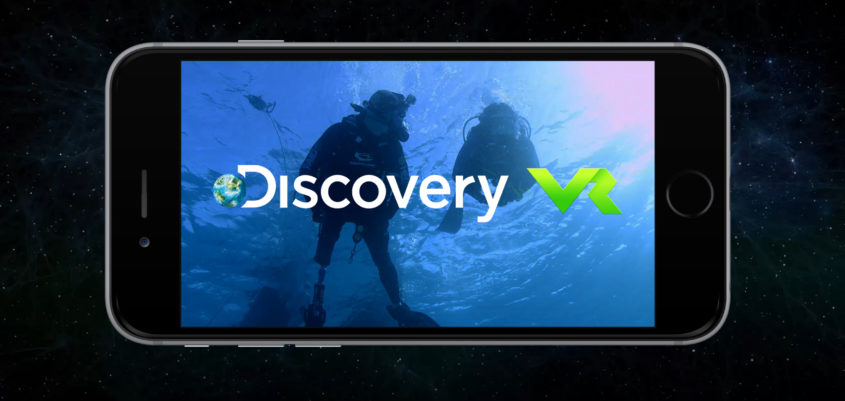M+E Daily

Discovery SVP: Success of VR Hinges on Content
Story Highlights
It’s been a year since Discovery Communications launched its virtual reality apps, and in that time, the broadcaster has learned what rule No. 1 is when it comes to VR: content still rules.
That’s according to Nathan Brown, SVP of development and operations for Discovery Digital Networks, who spoke with the Media & Entertainment Services Alliance (MESA) after the company in late September announced new VR initiative: Seeker, a YouTube-hosted VR channel that features a host of exclusive experiences, including a feature on Rhinos in Nepal, surfing in Santa Cruz, and the medical condition synesthesia.
Brown spoke about the future of VR, the need for content to be top-notch for VR’s health, and the importance of 4K.
MESA: Would you say we’re still in the early days of VR apps, or has the category hit its stride? Why or why not?
Brown: Holistically, VR is pacing differently depending on what area you’re focusing on — and how narrowly you’re looking to focus. Virtual reality technologies have evolved quite a lot since the first ones hit the market years ago, but innovations are being made every day that continue to drive the industry forward. Some of these innovations result in immediate change while others take longer to make an impact — based on adoption, how compatible they are with other technologies, and other factors. For VR apps specifically, we’re moving towards critical mass, but that doesn’t mean that we’ve hit our stride. I’m not sure that’s possible the VR industry is moving too quickly for anyone to get too comfortable.
MESA: What are the top technical challenges behind VR app creation, development and distribution? What’s being done right, and what can be done better?
Brown: One of the biggest challenges revolves around the quality and the size of the content we publish. We shoot in high definition – sometimes in 4K – which means we end up with massive amounts of raw data. Even as we start editing a single experience, the size of the file is huge because we’re dealing with footage from several cameras.

Unfortunately, a lot of devices can’t handle files this large, so we end up having to compress the files.
Our goal is to compress them enough that they are digestible to smart devices while not going too far and diluting the quality of the experience. This challenge isn’t unique to us – a lot of content creators are faced with it as well.
A lot of the success that we’ve seen around our app revolves around the partnerships we have with other publishers in the VR space. Our team has worked hard to ensure the availability of our app on a variety of different devices so that audiences everywhere can experience it for themselves.
MESA: What VR app categories (gaming, sports, news, etc.) have worked best to date, and are there categories that haven’t been properly explored yet?
VR: In my experience, the success of a VR app doesn’t hinge on what category it fits into, but the content itself. Within our own app, we have content spanning sports and recreation, natural history, animals and more, and they perform equally well. There’s something for everyone, and because the offerings engage audiences in different but equally thrilling ways, they’ve been able to attract new audiences and keep existing fans coming back for more.
MESA: What VR app features are absolute necessities, what features are worth exploring, and what features are overrated or unnecessary?
Brown: Like any app, ours will certainly evolve over time, but for now, we’re really happy with the positive response we’ve seen. Users can either select a VR experience from a specific genre or network program, or browse through a library of the entire offering. Once a video is selected, users can view it in the app as a 360-degree video or choose to switch to a cardboard mode to view it with goggles.









